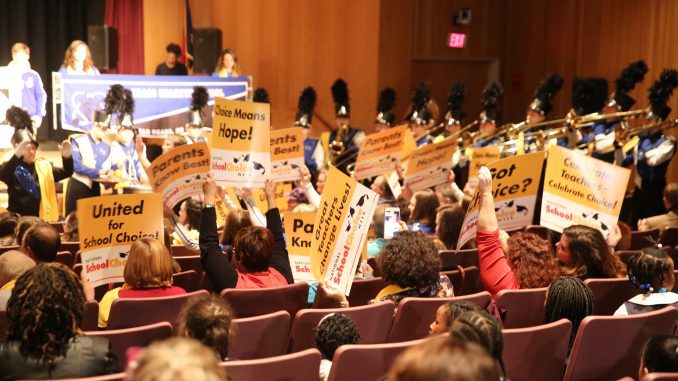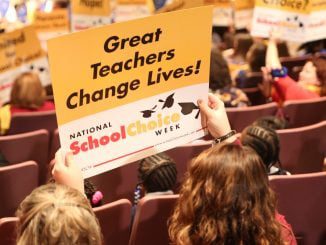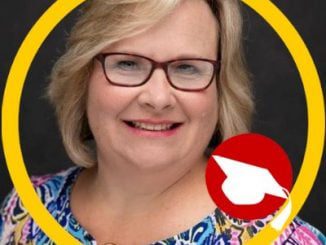
Recent news coverage skews the facts on charter funding and Paycheck Protection Program (PPP) loans. Because some public charter schools received PPP loans and a portion of CARES Act funding, critics accuse them of “double-dipping.” The implication is that charters received more than they needed to serve their students and that they obtained these funds unfairly. Critics also suggest charters’ methods and messaging are insincere and that they “divert” dollars from district schools, which some call “traditional public schools.”
These claims about charters, however, are deeply inaccurate. They do not reflect reality but arise instead from an ideological opposition to school choice. Worse, they fuel a false narrative that threatens the educational freedom of families.
In North Carolina, Public Schools First NC is leading the misinformation campaign against charters. PSFNC has called charters “disingenuous” for taking PPP loans; the group has also insisted charters are part of a privatization movement that is “decimating” district schools. In a recent News & Observer article, Jennifer Andrew, PSFNC’s communications director, made this divisive claim: “Vital resources are being siphoned from already cash-strapped public schools and reallocated to charter schools.”
Such misinformation is not serving our students. It needs to stop.
First, charters don’t siphon money from public schools. Charters are public schools that serve public school students. Sure, parents choose to send their children to charter schools rather than accept the schools assigned by district officials — but charters care for the needs of their students just like district schools.
Second, charters receive less funding than district schools, yet they still strive to serve students well. Charters don’t receive funds for facilities, nor do they receive many of the funds bureaucrats earmark for projects to chase the latest fads in education. Overall, charters receive 25% less per pupil than district schools.
Critics are quick to point out that charters aren’t required to provide transportation or participate in the federal school lunch program. But that isn’t the full story: All N.C. charter schools are required to implement transportation and lunch plans to serve students. What critics don’t like is that these plans can be innovative and need not mirror programs in district schools.
Finally, claims about PPP and other relief funding also get it wrong. Congress allowed nonprofit organizations — including charter schools — to apply for PPP loans as a form of COVID relief. The only thing the government required was that a borrower certify that economic “uncertainty” made the loan necessary. Some nonprofit charter boards, facing a very uncertain future, rightly used PPP loans to continue providing essential services to students and retain staff.
In fact, when N.C. charter schools applied for PPP loans in April and May, some had been excluded from federal ESSER (Elementary and Secondary School Emergency Relief) funding under the CARES Act, because the funding was allocated in proportion to other federal programs. These schools thus had no confidence they would receive any funding to cover their increased COVID expenses. Other charter recipients of PPP loans were concerned they would see their regular funding decrease, as North Carolina faced a state budget shortfall and districts began to withhold funds intended for charter students.
In July, the State Board of Education allocated a small portion of remaining ESSER dollars to charters to help rectify the earlier inequity in COVID funding relief. Yet of the nearly $400 million in total funding directed to N.C. schools to date under ESSER, district schools received $344 million, averaging approximately $240 per student. Charters received around $14 million, averaging approximately $121 per student. For some charters, PPP funds have helped to close this gap and also stabilize funding during a time of tremendous economic uncertainty.
As the pandemic rages on, education feels increasingly fraught. But surely, we can agree that all public-school students — charter and district — deserve safe and excellent schools, funded fairly.
Instead of picking sides, let’s focus on facts and serving students equitably.
Lindalyn Kakadelis is the executive director of the North Carolina Coalition for Charter Schools



